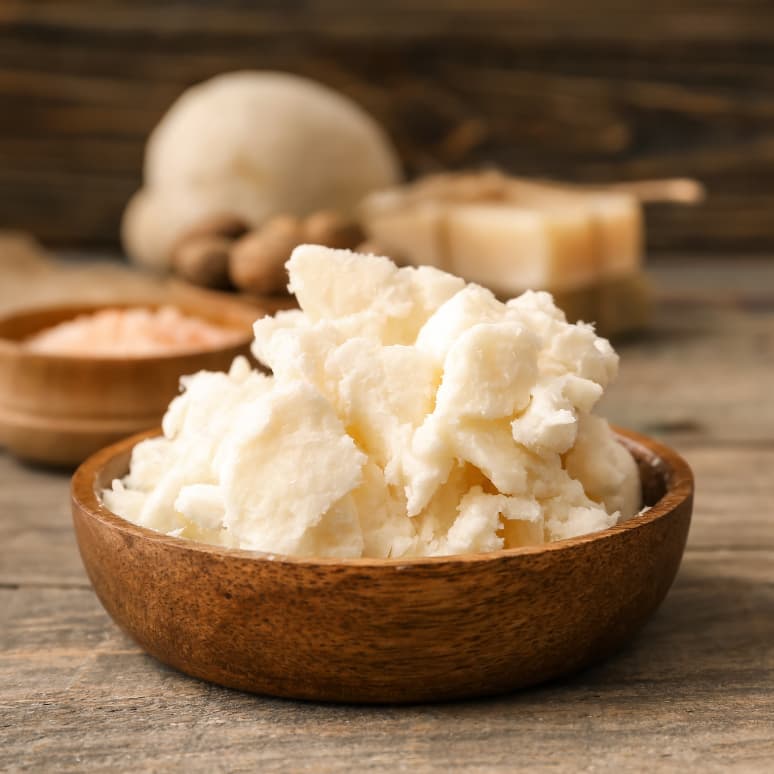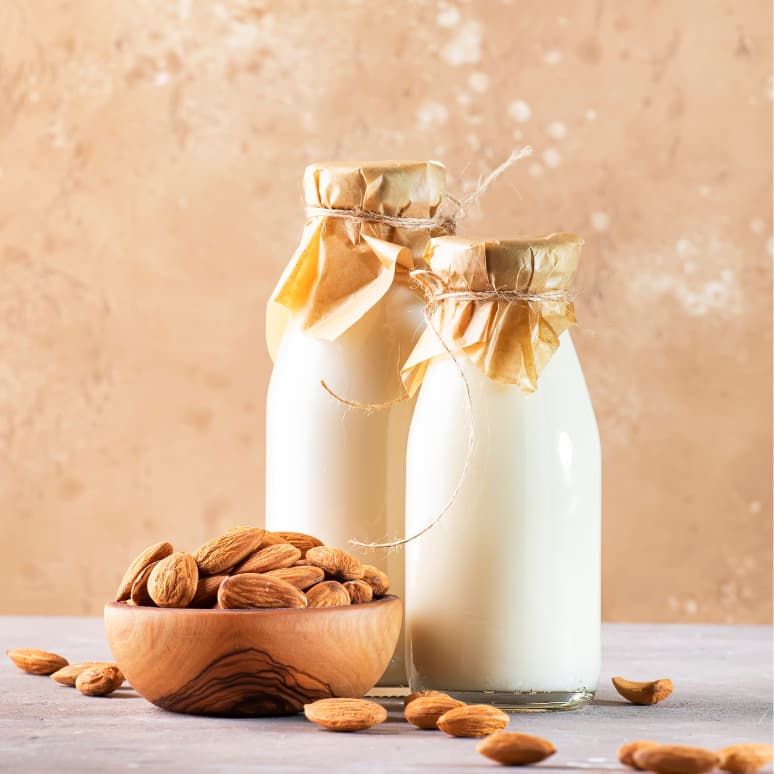Discovering a forgotten glass of milk on the kitchen counter can lead to a common dilemma: How long can milk sit out before it becomes unsafe to consume?
The Danger Zone
In the realm of food safety, the “danger zone” refers to temperatures between 40 and 140 degrees Fahrenheit (4 to 60 degrees Celsius). Within this range, bacteria flourish, posing a risk of foodborne illnesses. Once milk exits the refrigerator, the countdown begins. After two hours in the danger zone, the chance of harmful bacteria increases significantly. In warmer conditions (90 degrees F or higher), this window narrows to just one hour. Swift refrigeration is crucial to minimize risks.
Butter and Dairy on Counters

While some may leave dairy on counters, it’s essential to recognize the potential dangers. Even small bacterial colonies can cause food poisoning, with over 48 million cases reported annually by the FDA. Food safety is paramount, and understanding the risks associated with leaving dairy products outside the fridge is vital.
Factors Affecting Freshness
The general guideline for leaving cow’s milk out is around two hours. However, numerous factors influence milk longevity. Microbial activity plays a significant role, and dairy items are susceptible to harmful bacteria such as E. coli, Salmonella, Campylobacter, and Listeria. The presence of these strains can result in severe food poisoning symptoms.
Opened milk containers face increased exposure to bacteria. Manufacturers take precautions to ensure cleanliness, but once the seal is broken, bacterial infiltration rises. Storing milk in the refrigerator door, the warmest fridge spot, accelerates spoilage. Keeping milk cold inhibits bacterial growth, preserving freshness.
Bacterial Strains in Dairy
Lactococci and lactobacilli, common bacteria in dairy, rapidly multiply in the danger zone. Their activity leads to spoilage, noticeable through the pungent smell associated with spoiled milk. Interestingly, controlled settings use these bacteria to intentionally curdle milk for cheese and probiotic products.
Almond Milk and Oat Milk

Non-dairy alternatives like almond milk and oat milk have distinct considerations. Almond milk, often sold in shelf-stable cartons, can spoil if left out. Signs include a bloated carton or changes in texture. Oat milk, with a shorter shelf life, may begin deteriorating after just four days opened. Both should adhere to the two-hour rule in the danger zone.
Understanding how long milk can sit out and food safety and prevents unpleasant surprises. Be vigilant, follow guidelines, and when in doubt, prioritize safety by discarding questionable items.


